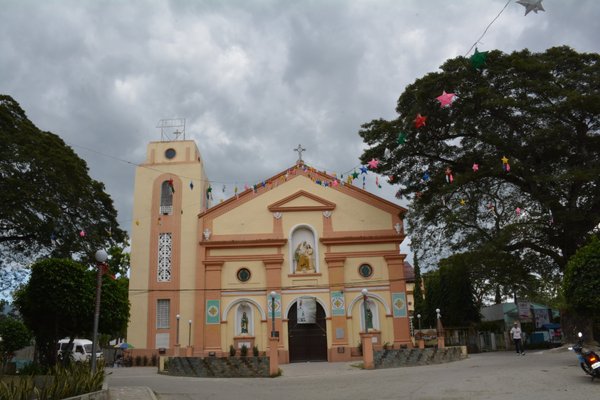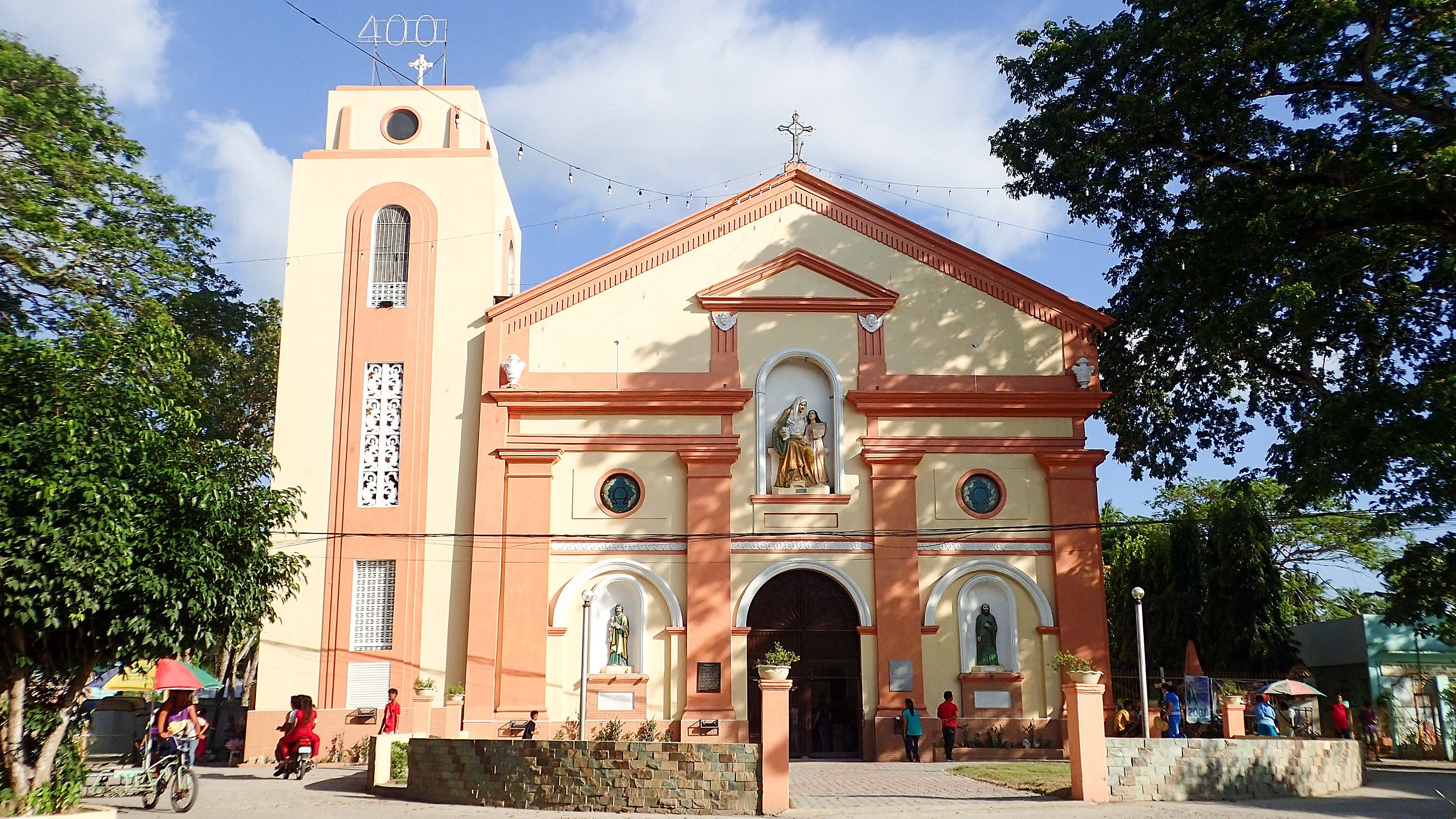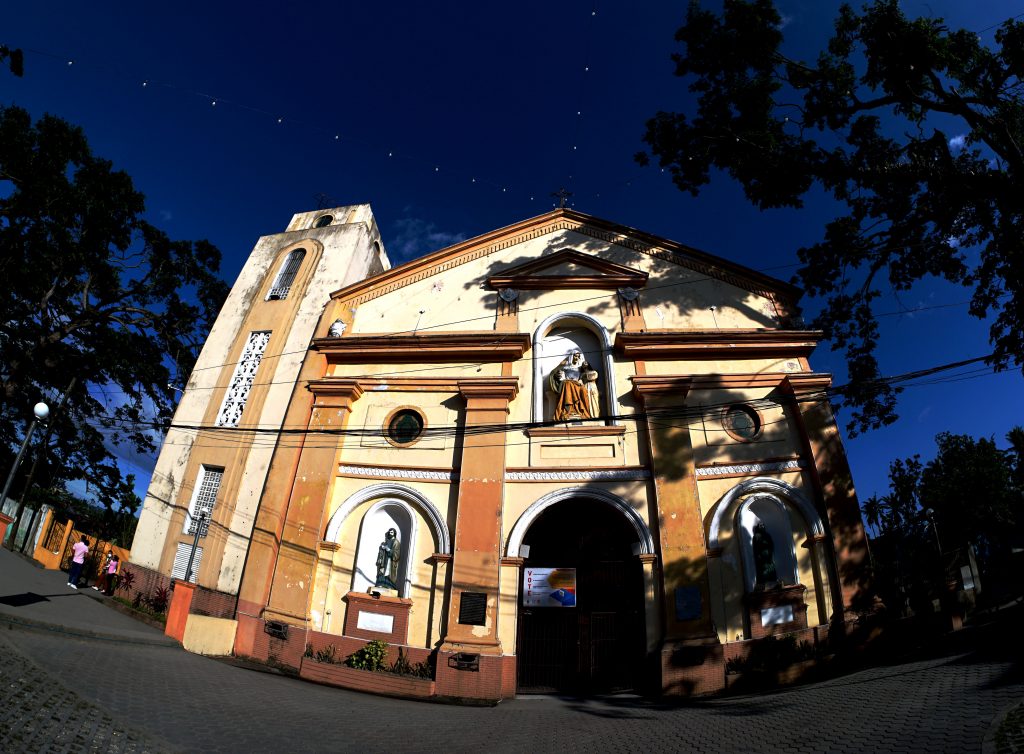Explore by Municipalities and Cities
Bahay Hilarion Alquizola | Hilarion Alquizola House
Bantayog Ng Santa Ana
Gusaling Gabaldon Ng Paaralang Sentral Ng Barili | Barili Central School Gabaldon Building
Hospisyo Ng San Jose Ng Barili | Hospicio De San Jose De Barili
Obelisk Ng Gorordo | Gorodo Obelisk
Parish Church Of Santa Ana Of Barili
Bahay Ni Don Jose Tio Bonpua, Sr. At Ang Museo Ng Banal Na Sining | Don Jose Tio Bonpua, Sr. House And The Museum Of The Sacred Art, Inc.
Balwarte Ng Bonbon | Bonbon Baluarte
Bantayan Sa Poblacion | Poblacion Baluarte (Watchtower)
Church Plaza
Cuartel Structure
Daanglungsod Baluartes (Watchtowers)
Daanglungsod Estaca - Kuta | Daanglungsod Estaca - Fortress
Daanglungsod Fortress
Immaculate Conception Parish Church
Looc Watchtower
Nueva Caceres Elementary School, H.E. Building
Oslob Cemetery Chapel
Oslob Cemetery Walls And Gates
Oslob Central Elementary School Including Admin Building, H.E. Building, And Acacia Trees
Oslob First Catholic Cemetery
Oslob Prayer Chapel
Pamanang Liwasang | Bayan Municipal Heritage Park
Parish Church Of The Nuestra Senora De La Inmaculada Concepcion Of Oslob
Pungtod Cemetery
Saint Joseph Shrine And Church Plaza
Saint Joseph The Carpenter Parish Church
Saint Mary's Academy Old Building
Simbahan Ng UCCP | UCCP Church
Waiting Chapel (Prayer Room)
Bantayog Ng Mga Pambansang Bayani | National Heroes Monument
Bantayog Ng Tres Alinos | Tres Alinos Monument
Kinalalagyan Ng Paaralan Ng Silangang Visayas | East Visayan Academy Grounds
Kolehiyo Ng Lungsod Ng Talisay | Talisay City College
Liwasan Ng Kalayaan At Bantayog Ng Pagdaong | Liberation Park And Landing Monument
Museo Ng Canton | Canton Museum
Parish Church Of Santa Teresa De Avila, Talisay, Cebu
Sementeryong Bayan Ng Poblacion | Poblacion Public Cemetery
Sementeryong Bayan Ng San Jose Manggagawa | Saint Joseph The Worker Public Cemetery
Parish Church of Santa Ana of Barili

Facade photo of Santa Ana Parish Church barili.gov.ph

"Barili Parish Church and Belfry front facade" by | Franz Miko Verzon, CC BY-SA 4.0, via Wikimedia Commons |1 April 2015

Another photo of church facade. Kelly Austria, Damn Good Travels, 1 May 2022 damngoodtravels.com

Facade photo of Church of Santa Ana. Photo by Teddy Pelaez, Teal Magazine teal.ph/feature

Photo of the altar while the priest is preaching the Holy Mass at Sta. Ana Church of Barili. Barili Fiesta 2019 (FB Page), 21 July 2019 facebook.com
Official Name: Parish Church of Santa Ana of Barili[1]
Classification Status: Classified Historic Structures (covering all Colonial Churches and other Houses of Worship, per NHCP Res. No. 3, s. 1991)[1]
Town or City: Municipality of Barili, Cebu
Year Declared: 1614[1]
Description:
Santa Ana Church, also known as Barili Church, is a historic Roman Catholic Church situated in Barili, a town in the southern part of Cebu province. It holds the status of being an archdiocesan shrine and stands as a testament to the rich religious history of the region.
The roots of Santa Ana Church trace back to 1604 when it was established as a mission station by Augustinian friars. By 1614, it had evolved into a full-fledged parish with diocesan priests overseeing its affairs. Interestingly, the town of Barili wasn't founded until 1642, making the church a pivotal religious center in Cebu's southwestern coast for many years. It held jurisdiction from Pinamungajan to Samboan, making it one of the largest parishes in the region. In the 18th century, it was one of the three secular parishes in Cebu, alongside Parian and Bantayan. On July 24, 2005, it received recognition as an archdiocesan shrine, further solidifying its historical and spiritual significance.
The church's architectural journey has not been without challenges. Earlier iterations of the church were constructed using light materials, leaving them vulnerable to fires and natural disasters. An attempt was made to build a stone church by the river, but it suffered from constant flooding. Ultimately, these structures met their end due to these adversities. In response, Fr. Juan Alcoseba, the parish priest serving until 1910, embarked on the construction of the present-day Santa Ana Church in February 1889. The church stands on its current site, a property generously donated by Don Carlos Alquizola.
Today, the church exhibits a blend of its rich history and more recent renovations. Notable additions include a bell tower built in the 1950s. While extensive restorations have taken place, the church has managed to retain its original foundations and walls. The facade is an intriguing mix of soft pastel colors with russet and white accents. Four rectangular pilasters divide the facade into three distinct sections. The main entrance door, with its wide archway, commands attention on the ground level. It is flanked by niches housing blind arches dedicated to patrons. Above the entrance, a niche of St. Anne is surrounded by rose windows, with a cross crowning the pediment. The church's bell tower stands proudly on the gospel side, adding to the architectural beauty and historical significance of Santa Ana Church.[2]
Source:
1. https://ncca.gov.ph/philippine-registry-cultural-property-precup/
2. https://www.theoldchurches.com/philippines/cebu/barili/archdiocesan-shrine-of-sta-ana-in-barili-cebu/




